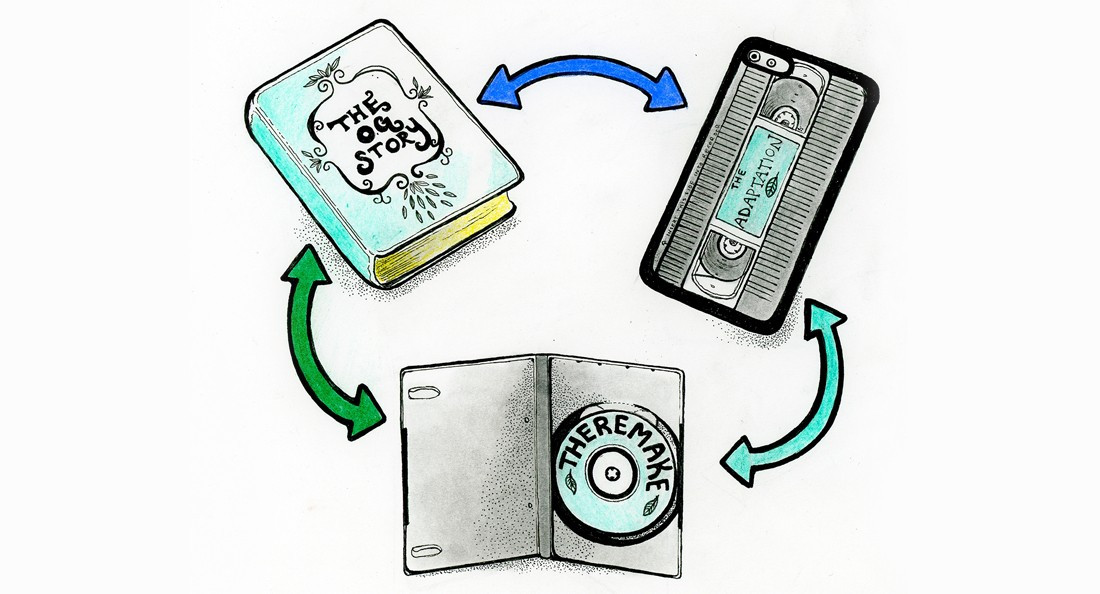A case for nostalgia
How Little Women uses nostalgia to strengthen its connection with its audience
There has been a lot of backlash against nostalgia in film over the past decade. People have criticized it as a sign of laziness and an unwillingness for film studios to take a chance with new ideas. While valid, these criticisms neglect how important nostalgia is to new creators.
As each generation gets older, they begin to make up a larger portion of the people going to see movies and, more importantly, also the ones making them. Many generations’ iconic directors’ most resonant work is based on the nostalgia that they share with their audiences. Steven Spielberg’s nostalgia for ’30s serials led to Raiders of the Lost Ark, just as Quentin Tarantino’s nostalgia for ’70s spaghetti westerns and Blaxploitation created Django Unchained. This same tradition is being carried forward with Greta Gerwig’s Little Women.
Gerwig began her film career as an actor in the mid-2000s, later taking on writing roles as well as co-directing Nights and Weekends with Joe Swanberg in 2008. It wasn’t until 2017 that Gerwig would make a name for herself as a solo director with her Oscar-nominated film Lady Bird. Now, with the release of Little Women in 2019, she has cemented her position as one of the leading voices in Hollywood – as well as a distinctly millennial voice. This quality is bolstered by her ability to tap into a shared generational nostalgia.
The 1990s saw a massive resurgence of classic literature adaptations. Examples of these include the films Sense and Sensibility (1995), The Man in the Iron Mask (1998), Cruel Intentions (1999) and even 1994’s version of Little Women. The classic Clueless was loosely based on Emma, an 1815 Jane Austen novel. The millennial generation would have grown up during the 1990s and may look fondly on that phase in Hollywood, which is why Gerwig’s choice to draw on ’90s nostalgia is so important.
This is not to say that the use of generational nostalgia automatically makes a film worthwhile. The expectations that come with nostalgia just add an extra dimension that the director can utilize. Building on the cultural memory of films from the past provides an opportunity for a director to present a story in a new way that captivates audiences despite and because of their familiarity with the original material.
In Little Women, especially at the end of the film, Gerwig shows a love for the tone and aesthetics of ’90s literary adaptations but updates the characters and themes for a new audience. Playing with generational nostalgia is one way that directors shape the landscape of popular cinema. Directors reflecting an audience’s shared experience in popular media helps validate their position within broader culture. This is what Gerwig has done with Little Women, revealing one of the reasons why her films are so important.
Published in Volume 74, Number 14 of The Uniter (January 16, 2020)







